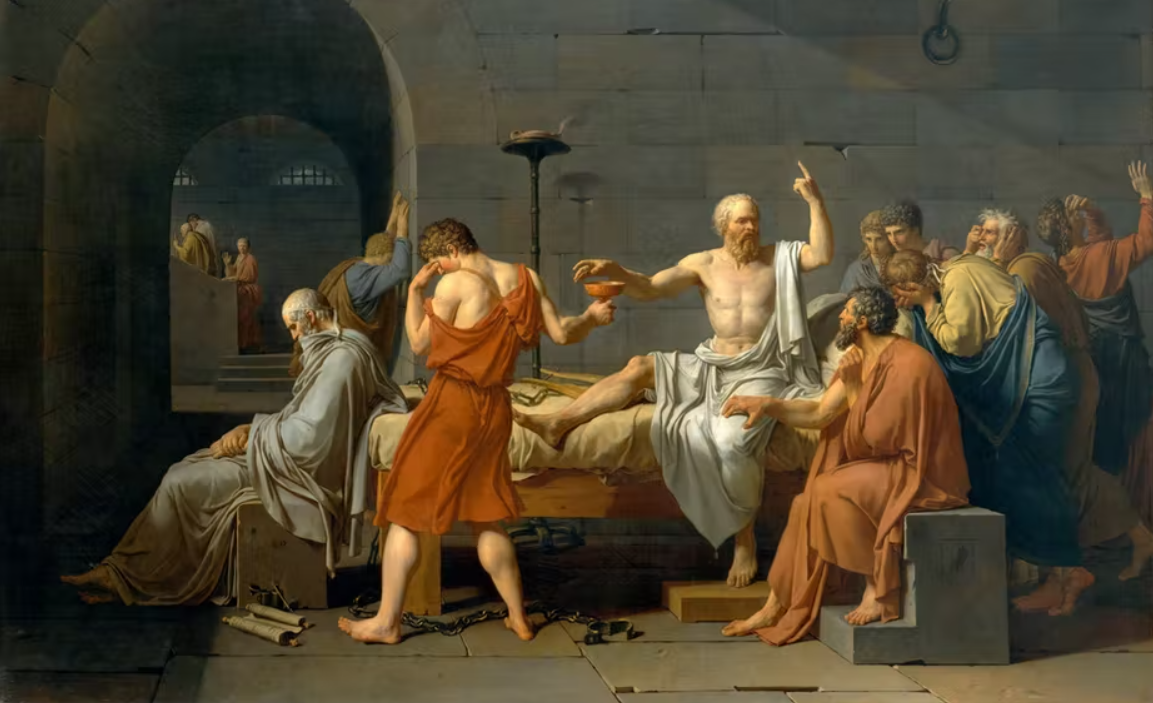An appeal to pity is a type of informal fallacy that arises when an appeal to evidence is replaced by an appeal to pity or mercy. The point here is that in making an argument, we are supposed to provide evidence or proofs to our claim or conclusion.
But in an appeal to pity, as already pointed out, the arguer does not have the evidence or proofs for his claim; hence, he is forced to invoke pity to win the sympathy of the listener.
Let us consider the example below.
Example 1
There is no question that what this young man did is intolerable and repugnant. He admits it himself. But you are not here to evaluate this man’s conduct morally; you are here to try him and determine his guilt or innocence. And as you think this over, I want you to think hard about this young man, his home and his future, which you now hold in your hands. Think about his broken home, never knowing his father, being left by his mother. Think about the poverty he has known, the foster homes, the birthdays go unnoticed, and the Christmas he has never had. And think hard about the life in prison will do to him. Think about these things, and I know you will acquit him of this crime.
As we can see in the example above, the lawyer argues that his client should be acquitted because he is miserable and is a victim of an unfortunate life. However, even if it is true that indeed the accused is miserable and is a victim of an unfortunate life, it would be fallacious to conclude that the accused is not guilty or he should be acquitted simply because his life had been hard or because bringing in a verdict of guilty would add to his misery.
For sure, the lawyer needs to provide strong proofs that would show that the accused has not committed the crime (for example, of a felony) before he may conclude that his client is not guilty.
The following examples may help further illustrate the fallacy of appeal to pity:
Example 2
Your honor, the accused of this robbery case must not be put to jail because he is a father of 12 children and a husband of a woman who is suffering from cancer. Besides, he is the only breadwinner in the family.
Example 3
Greg should not be given a failing grade in Calculus 101 because he has taken the subject thrice already.
Example 4
I know my paper is late, Prof. Smith, but my roommate was sick last night and I had to help her. Also, my folks will kill if I flunk this course.
Example 5
I appeal to you, not for Thomas Kidd, but I appeal to you for the long line―the long line reaching back through the ages and forward to the years to come―the long line of despoiled and downtrodden people of the earth. I appeal to you for those men who rise in the morning before daylight comes and who go home at night when the light has faded from the sky and give their life, their strength, their toil to make others rich and great. I appeal to you in…the name of those little children, the living and the unborn.

